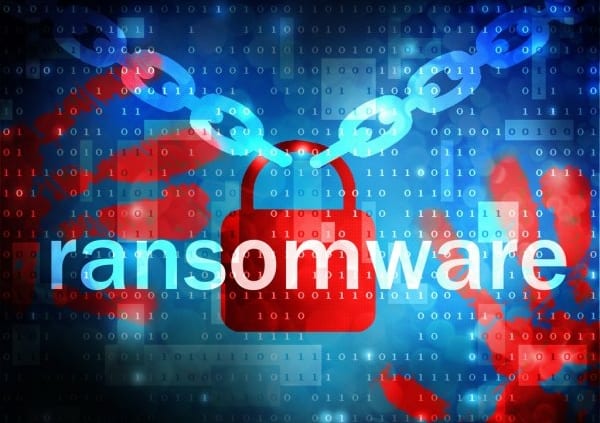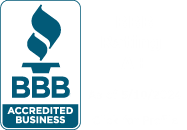How to prevent ransomware with a website firewall
Over the last few years, ransomware attacks have quickly become the single most dangerous cyberthreat to organizations – and the problem has only gotten worse during the COVID-19 pandemic.
While most infections typically begin with malicious emails that infect files across your local network, there are a few ways that ransomware can also compromise your website.In this post, we look at how ransomware is so dangerous and what you need to safeguard your site from an attack.
What is ransomware?
Ransomware is a form of malware that encrypts data on your computers and servers, holding it hostage until you pay the attackers a ransom for a decryption key.
In a worst-case scenario, ransomware can spread across your network, rendering your computer systems useless and bringing your operations to a screeching halt. Paying the ransom does not guarantee you’ll get your data back either – some hackers will simply take off with the money without ever providing the decryption key. Businesses that don’t have backup copies of their data face a tough decision: take the gamble of paying the ransom or potentially lose the data for good.
Ransomware started making big headlines in 2017 following the massive WannaCry and NotPetya attacks, which infected hundreds of thousands of systems across 150 countries. But attacks continue to happen every day, at a rate of one attack every 11 seconds on average.
How can ransomware compromise your website?
Unsecure websites are often exploited by hackers to deliver ransomware (and other malware) onto the computers of the sites’ visitors. While some websites are targeted specifically, most hackers use automated bots to search for sites that have vulnerabilities. These bots then plant malicious code within your site’s code or web applications.
In addition to infecting visitors’ systems, some malware can hijack your entire site or break some of its core functionality and design. Aside from frustrating your users, an attack that compromises your visitors’ devices can also expose your business to legal liability.
Outdated and otherwise unsecure WordPress plugins are notorious for being exploited by malware, but that’s just one example. Hackers have numerous tools at their disposal to compromise vulnerable sites.
Additionally, your website can also be compromised by a traditional ransomware attack on your local network. For example, if you are hosting your site on your own web servers, which are then infected, your site files can be encrypted along with all your other data.
The importance of a website firewall
A website firewall—or web application firewall (WAF)—is one of the best ways to prevent your site from being compromised by ransomware and other cyberthreats.
Much like a network firewall, a WAF blocks unwanted traffic from entering your site, preventing backdoor access and code manipulation. The firewall can be configured to automatically block traffic from known bad IP addresses, in addition to providing stronger security around admin& login pages.
More robust WAFs can protect your APIs and mobile apps, which are another commonly exploited threat vector. Some firewalls can also filter out bot traffic from DDoS (distributed denial of service) attacks before they even reach the website.
At a time when thousands of websites are hacked every day to distribute ransomware and other threats, deploying this protection on your site is vital.
Contact us to learn more
Learn more about protecting your website with a firewall. Get in touch with us at Sullivan Design and we’ll be happy to discuss your options.






